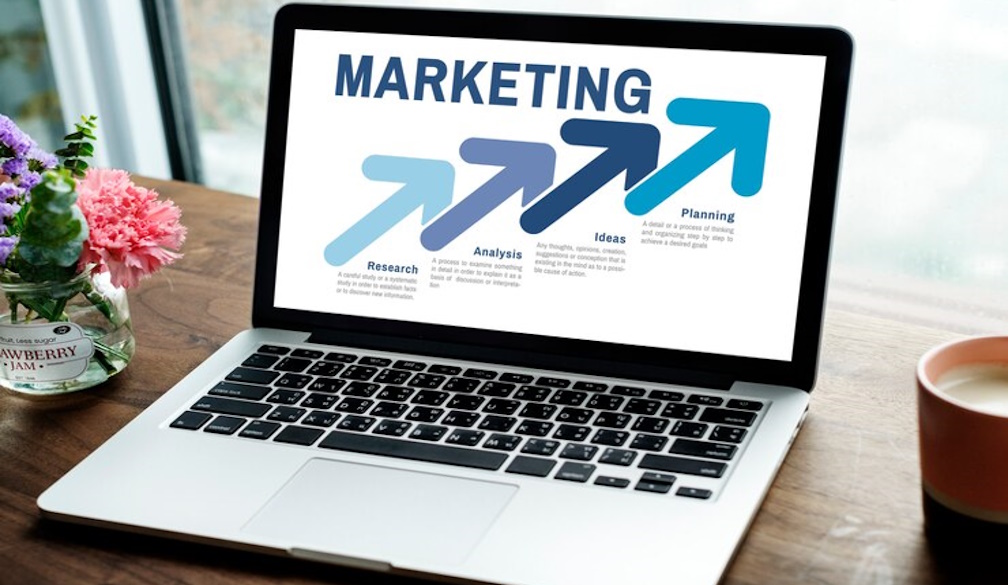What is inbound marketing?

Inbound marketing is a strategy focusing on attracting customers through quality content instead of bombarding them with ads. It's the opposite of traditional advertising, which pushes products or services onto consumers. Inbound marketing aims to answer specific questions from potential customers and provide information about the product or service to facilitate the purchase decision. The goal is to create customer loyalty by providing valuable content that meets the target group's needs.
There are four main pillars of inbound marketing:
-
- creating quality content
-
- optimising for search and conversion
-
- using social media
-
- building customer loyalty
Quality content is key to attracting customers through inbound marketing. It needs to be relevant to the target audience and provide value to encourage them to take the first step towards contacting the company or ordering the product or service. Optimising content for search engines is vital in helping potential customers find it, and using social media to share it helps to spread the word. If done correctly, these four pillars can work together to bring in more customers and create customer loyalty.
Inbound marketing can be an effective way to reach potential customers and create customer loyalty. By creating quality content, optimising for search, and using social media, businesses can attract more customers and encourage them to take the first step in the purchase decision process.
Is customer loyalty important in inbound marketing
Yes, customer loyalty is essential in inbound marketing. It helps to keep customers coming back and encourages them to recommend the company to their friends. Inbound marketing can effectively reach potential customers, but it's important to keep them coming back by providing valuable content that meets their needs.
To build customer loyalty in inbound marketing, creating quality content that meets the target group's needs is essential. This content should be relevant and engaging to the audience and provide value to encourage them to take the first step in contacting the company or ordering the product or service. Optimising content for search engines is also important in helping potential customers find it, and using social media to share it helps to spread the word.
How to use social media in inbound marketing?
You can use social media in inbound marketing to share quality content with potential customers. By sharing relevant and engaging content, businesses can attract more customers and encourage them to take the first step in the purchase decision process. Social media can also build customer loyalty by providing valuable content that meets the target group's needs.
You can use several social media platforms in inbound marketing. The most popular ones include Facebook, Twitter, and LinkedIn.
Inbound marketing ideas
Creative and effective marketing uses emerging prospects to gain new customers and support the company in building a positive and authentic image.
Attract the customer
-
- creative ads using videos and photos or GIFs if possible,
-
- regularly interestingly post on social media,
-
- write engaging articles on a blog, implement a content strategy based on the trends, and use case studies
-
- offer freebies like e-books, guides, cheatsheets
-
- utilise the power of webinars to engage and interact with potential customers
Empower customer engagement
-
- regularly send newsletters
-
- employ well-experienced sales experts
-
- optimise your website following the UX / UI principles
-
- keep your website fast, responsive and updated
Satisfaction:
-
- assign an account manager to the client,
-
- make the client feel supported by your company,
-
- take care of your brand image.
Inbound marketing is a strategy that uses quality content, search engine optimisation, and social media to attract customers. It is the opposite of traditional advertising and focuses on answering customer questions and providing information about the product or service. Inbound marketing can be an effective way to reach potential customers and create customer loyalty.









